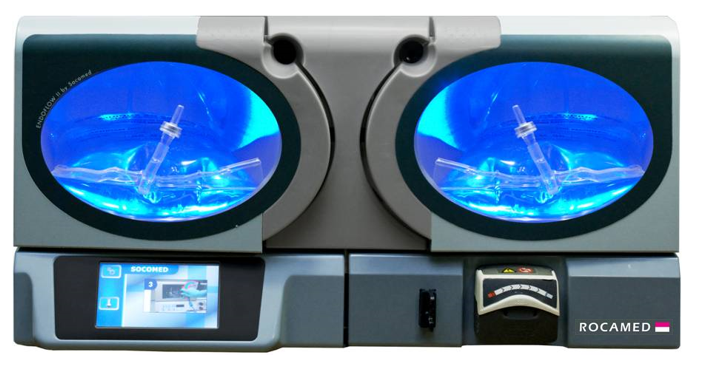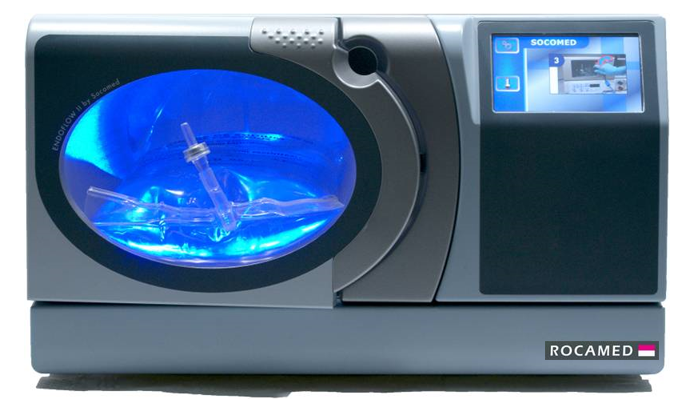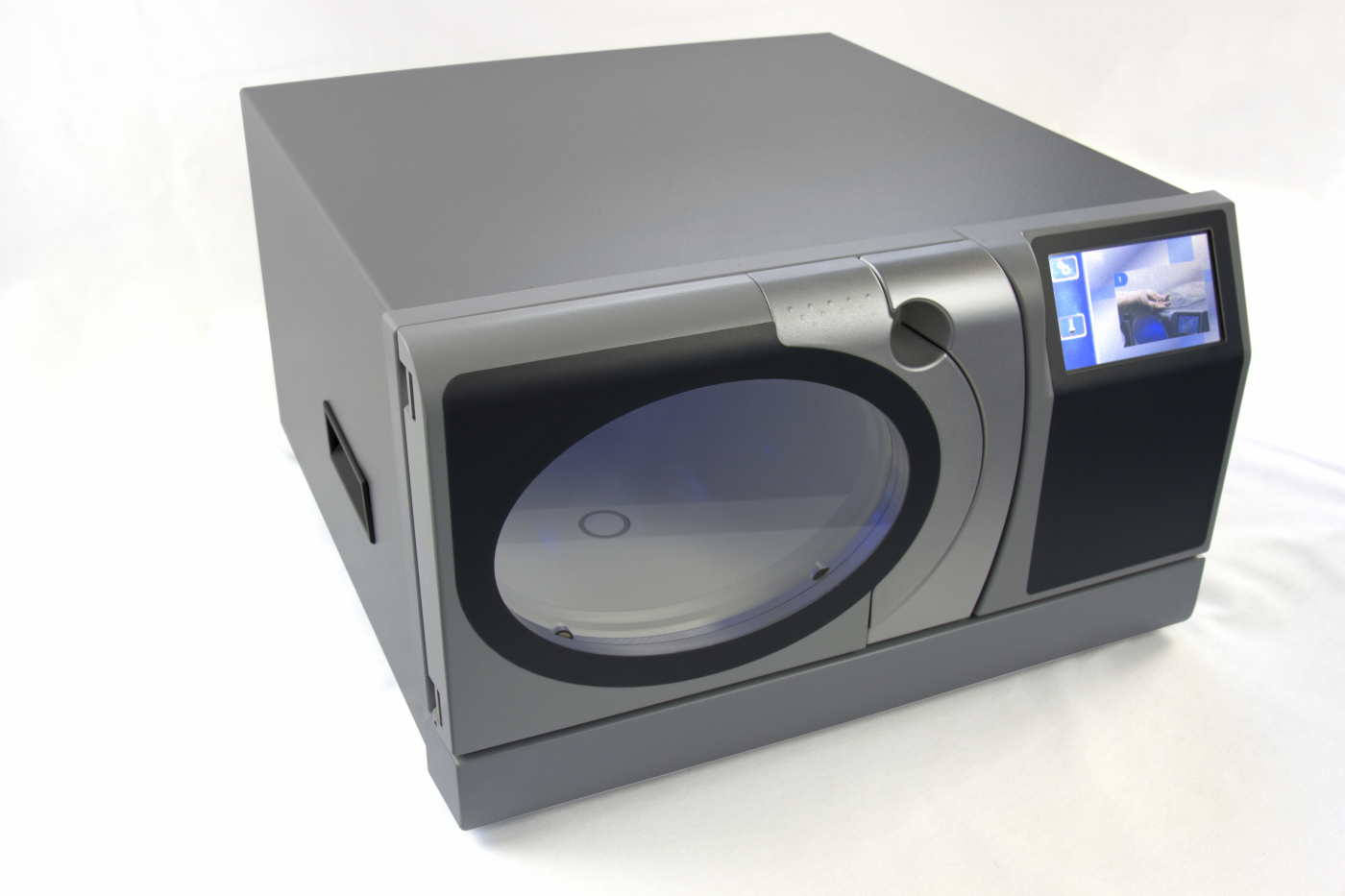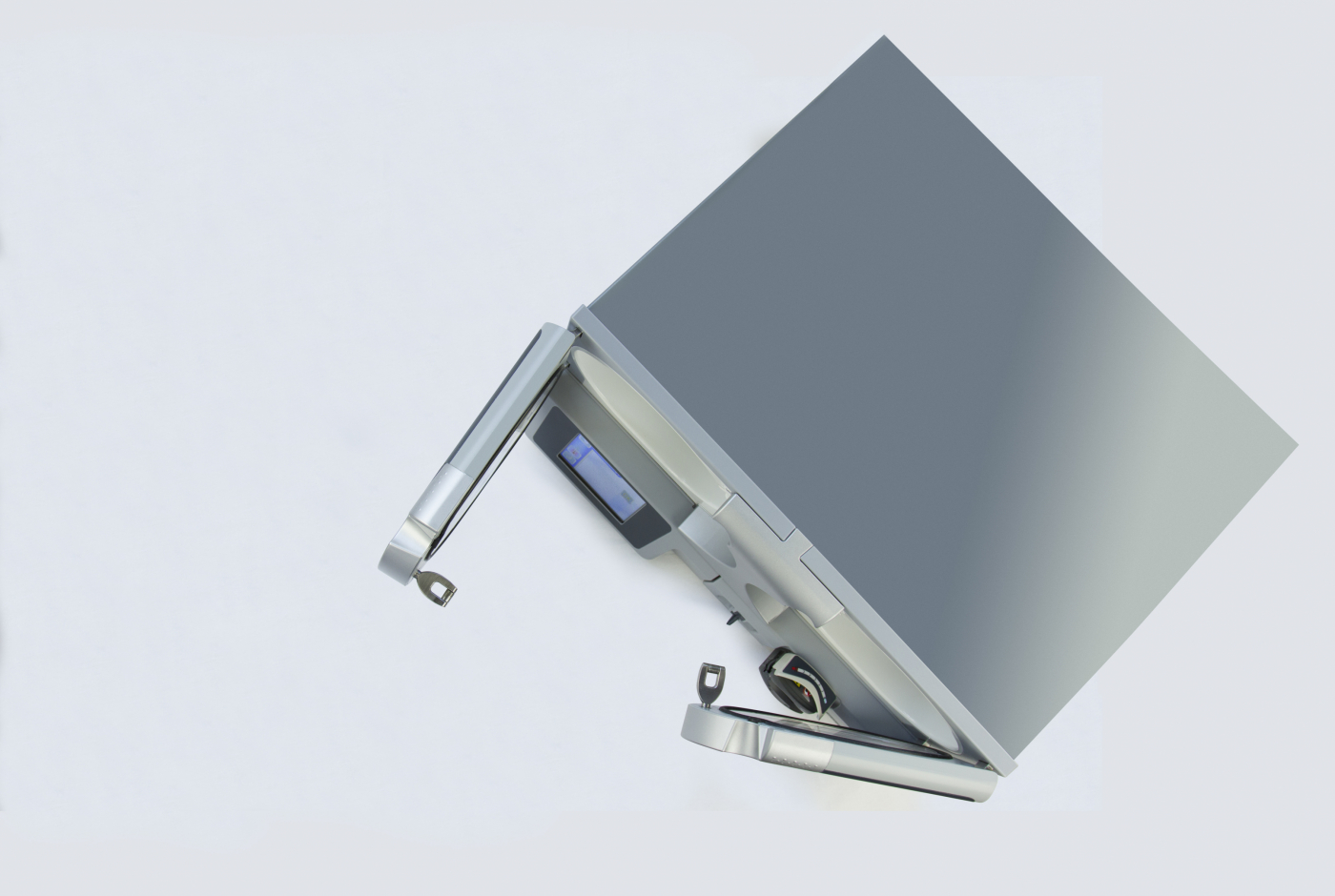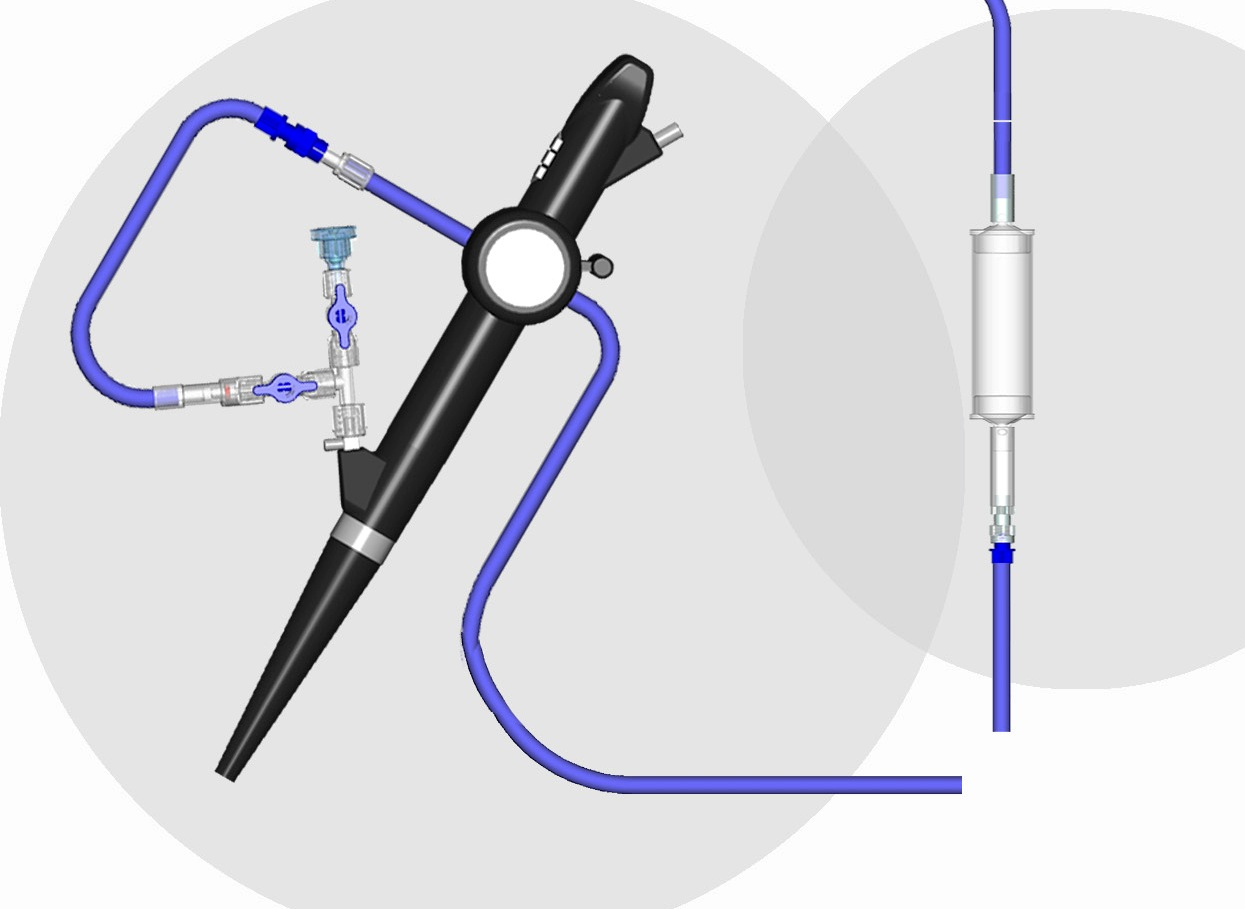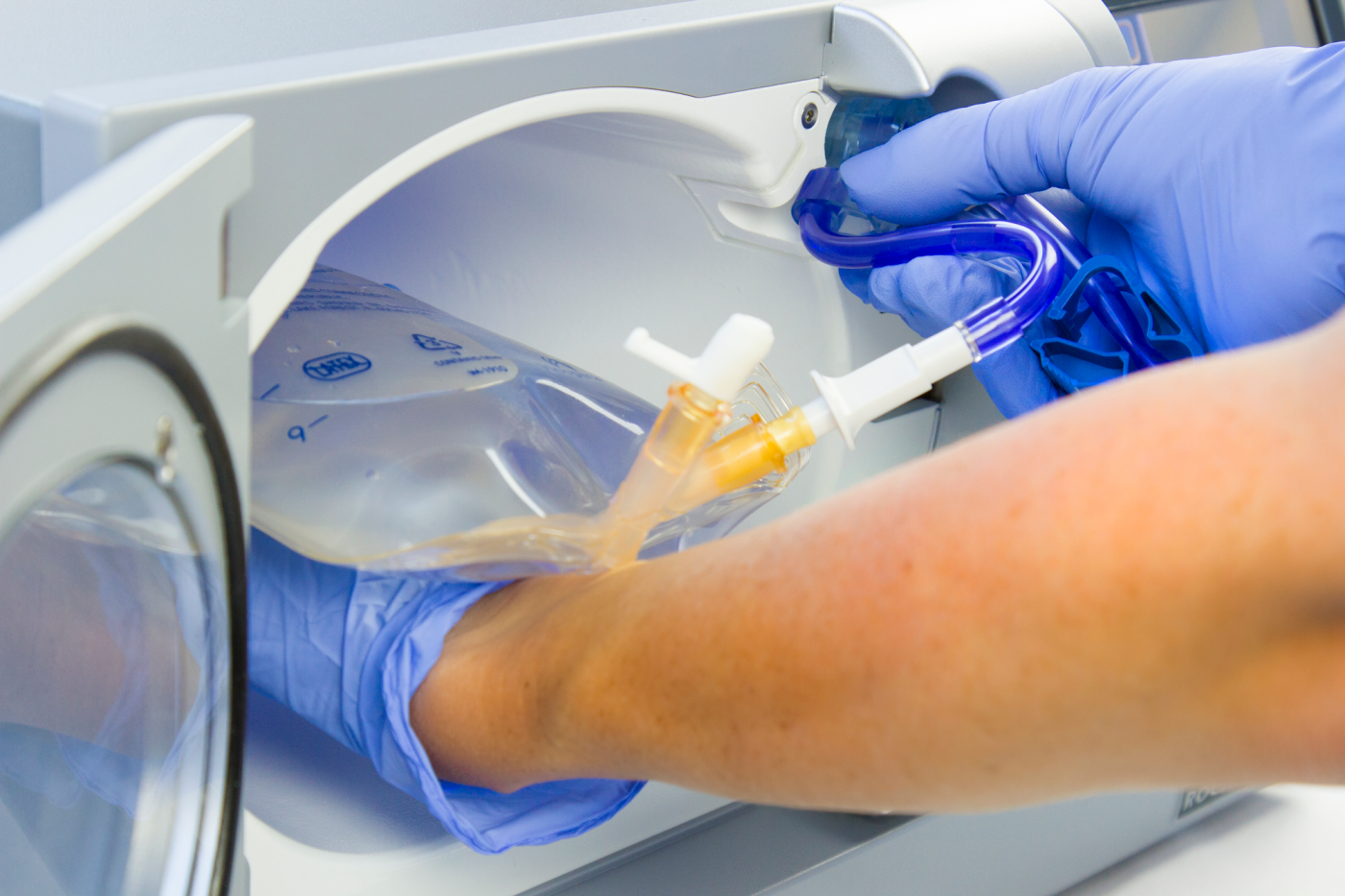ENDOFLOW®II
-
Unique system for fluid management
-
Improved surgical precision
-
Patient body temperature less of an issue for the anaesthetist
Description
Concept
Unique system for fluid management
- Irrigation, aspiration, high-pressure lavage - a new breadth of functions
- Wide range of pressure modes, covering the needs for Urology (Ureteroscopy, TURP, Laparoscopy), Gynecology (Hysteroscopy, Laparoscopy) and General Surgery (Laparoscopy)
Improved surgical precision
- Steady liquid flow during irrigation / aspiration gives improved visibility, especially when conducting Hysteroscopy and Arthroscopy.
- The indicated pressure on the machine is identical to the pressure in the closed cavity
Patient body temperature less of an issue for the anaesthetist
- Fluid heated and maintained
Advantages of Endoflow for Urology – by surgical disciplines
-
The heating feature is an advantages for all interventions:
It counterbalances the cooling down of the patient.
-
Resection trans-urethra-bladder:
The system can keep a low pressure (40 cm), no need to touch the irrigation stop-cock. With Endoflow the pressure is controlled: Meaning a reduction in time used and gains in comfort.
-
Ureteroscopy - rigid scop:
Since Endoflow provides a controlled pressure and a steady liquid flow (without pulsation), it enables the surgeon to approach the kidney stones in the Ureter (''lombaires'') without the risk of ''flushage'' (pushing the stone back into the kidney). Always being ensured a good visibility.
-
Ureteroscopy - flexible scope:
The controlled pressure and the steady liquid flow are important features. Also, the Endoflow system permits the surgeon to make a short increase in pressure when necessary. This can be done via a chamber on the tubing set, or by a footswitch giving a 20cmH2O increase in pressure for 30 sec. The specialised tubing set has a 3 way stop-cock allowing for injection of contrast liquid without disconnecting the tubingset. The set also have a rotating luer lock male connection - meaning that the surgeon can move the scope freely.
-
Resection trans-urethra-prostate:
Controlled pressure and aspiration flow-rate. This provides an economic advantage, as it allows a reduction of up to half of the glysine used during the intervention.
-
Resection trans-urethra-prostate with a Bipolaire resecteur:
The heated liquid is necessary for the optimal use of the bipolaire resecteur.
-
PCNL:
The heating system counterbalances the cooling of the patient. The patients are consequently left without post-op tubing sets after end intervention.


